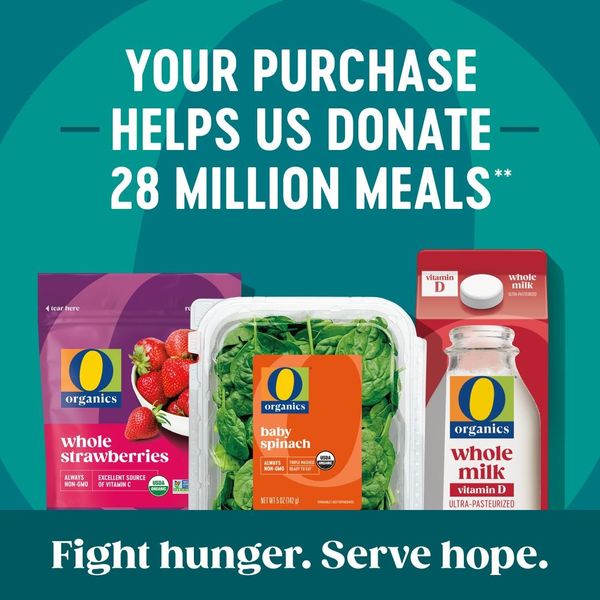Woman who gets all her food from supermarket dumpsters only spends $100 a year on groceries
"I've only been sick one time because I ate a bad apple."
An abundance of food taken from a dumpster.
In the United States, we have two big problems that should help solve each other, but unfortunately, the problems persist. According to the USDA, it's estimated that between 30 to 40% of the food supply in the U.S. is wasted. So, wholesome food that could help feed families instead winds up in landfills. At the same time, about 18 million households, or 13.5% of the population, are food insecure.
Five years ago, Sofie Juel-Andersen, 30, of Denmark, who was living in Sydney, Australia, was told by her sister that she could save a lot of money and prevent food from being wasted by diving into dumpsters at her local supermarket. Initially, Juel-Andersen was skeptical about her sister’s idea. “My sister sent me a photo of some hidden treasures she’d found dumpster diving. I knew about it, but I’d never seen it as an option to put food on the table,” she told SWNS.
- YouTubewww.youtube.com
After Juel-Andersen made a few successful hauls and saw the amount of money she was saving, she was hooked. “What I found was insane. It was filled with food—some of it had expired, but a lot hadn’t,” she said. “It was like a treasure hunt for me. I quickly realized that there was so much good food in the dumpsters I didn’t need to go shopping anymore.”
After moving back to Denmark in 2022, she continued dumpster diving and has been so successful that she hardly ever has to shop at the grocery store. She estimates she only spent $100 in supermarkets in 2024, primarily on toiletries such as toilet paper and toothpaste. This allowed the restaurant manager to have a lot more money for traveling.
Her success as a dumpster diver has made her popular on TikTok, where she can share an important message about food waste.
Why do grocery stores throw out good food?
Why are grocery stores throwing away so much good food? “I believe grocery stores throw out food because of the following reasons; the first is there's a small mark on the product or it's in a bag where one item is rotten,” she told Newsweek. “The second is they have a new shipment of a product, so they throw away the old ones which are closer to their sell-by or best-before dates. Thirdly, grocery stores may get rid of one product in a large container where another has been damaged.”
So how does Juel-Andersen avoid getting sick eating food she finds in dumpsters, a lot of it close to or past its expiration dates? "My main source of food is food from the dumpsters, and I've only been sick one time because I ate a bad apple,” she shared on TikTok. “Which was completely my own fault." She added that she avoids eating food that is "moldy, looks bad, or smells bad. I am very cautious of what I take."
Even though dumpster diving should never be the solution to the problems of food waste and insecurity, Juel-Andersen’s brave and creative approach to the problem has inspired an important discussion about sustainability and resourcefulness. Let’s hope that in the future, we can bridge the gap between surplus and need so no food is wasted, and no one goes hungry.








 Look for the O Organics label in every aisle.O Organics
Look for the O Organics label in every aisle.O Organics